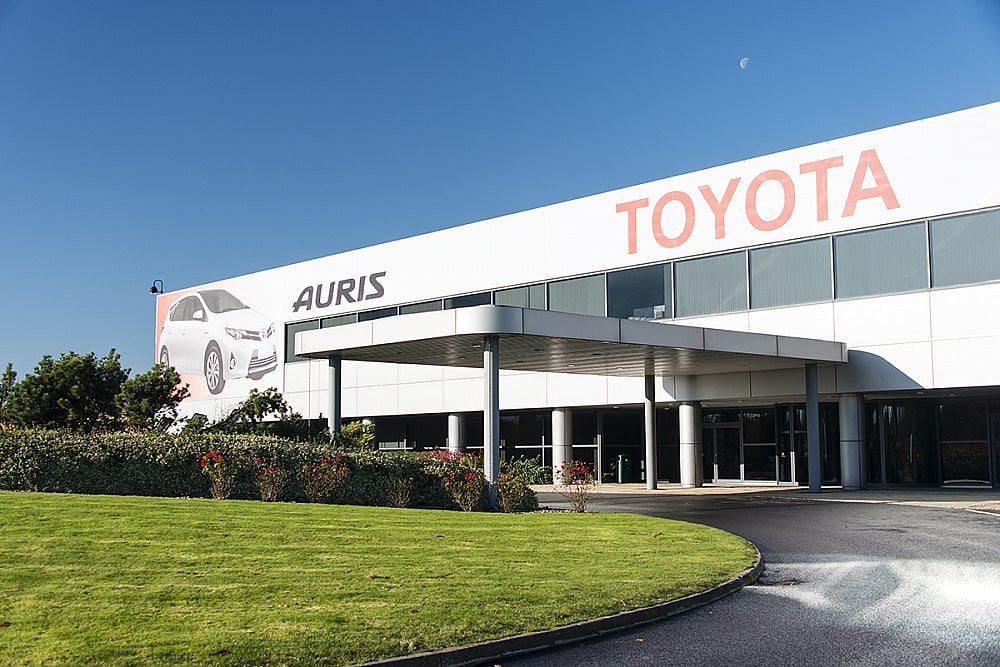Toyota is one of the largest automobile manufacturers in the world and the earliest adaptor for additive manufacturing technology. Toyota is also known for rapidly adapting advanced technologies to overcome engineering challenges.
The article by AM Chronicle explores how Toyota factories in Poland use 3D printing technology to overcome various challenges of shop floor related to jigs and fixtures.
3D Printed value lever cover is one of the examples of the application of fused filament fabrication (FFF) technology at the Toyota factory. The value lever covers keep the engine valve levers at a fixed position when the engine is transported from one station to another during assembly. The team at Toyota was able to develop 12 prototypes and test them in less time, resulting in time and cost savings.
Positioning jigs are used during the automobile assembly process and ensure that parts are at the right place for proper assembly. 3D printing of positioning jigs is used to develop new jigs quickly. In addition, the life to 3D printed jigs is also longer and can be prototyped promptly if there is any change in design.
The third example is the prototyping of large jigs, the company uses low-cost materials to develop the prototypes of the large jigs, and when the design is finalized, the final jig is printed using a high-performance material. This process saves time and cost, from design to production stages. High-performance polymers are critical in producing large jigs and fixtures because of their better mechanical properties. In addition, several post-processing methods are also used to ensure the accomplishment of desired quality and performance.
Overall, the key advantages of using 3D printing technology in the Toyota factory include cost and time saving, confident prototyping, agility, and on-demand production of jigs and fixtures. Time-saving is achieved due to in-house jigs production. In addition, 3D printing also helped to produce several prototypes so that confidence in design could be achieved. Additionally, it offered agility and freedom for the on-demand production of jigs and fixtures.
In general, now 3D printing is an integral part of the production process of Toyota, and it has ensured its position by providing several advantages on the job shop. Toyota’s successful adaptation of 3D printing also demonstrates a successful example of technology in the automobile sector.
The content is inspired by the blog “How Toyota Factory Works with Zortrax 3D Printers,” published by Zortax on Jan 16, 2023.
Subscribe to AM Chronicle Newsletter to stay connected: https://bit.ly/3fBZ1mP
Follow us on LinkedIn: https://bit.ly/3IjhrFq
Visit for more interesting content on additive manufacturing: https://amchronicle.com


